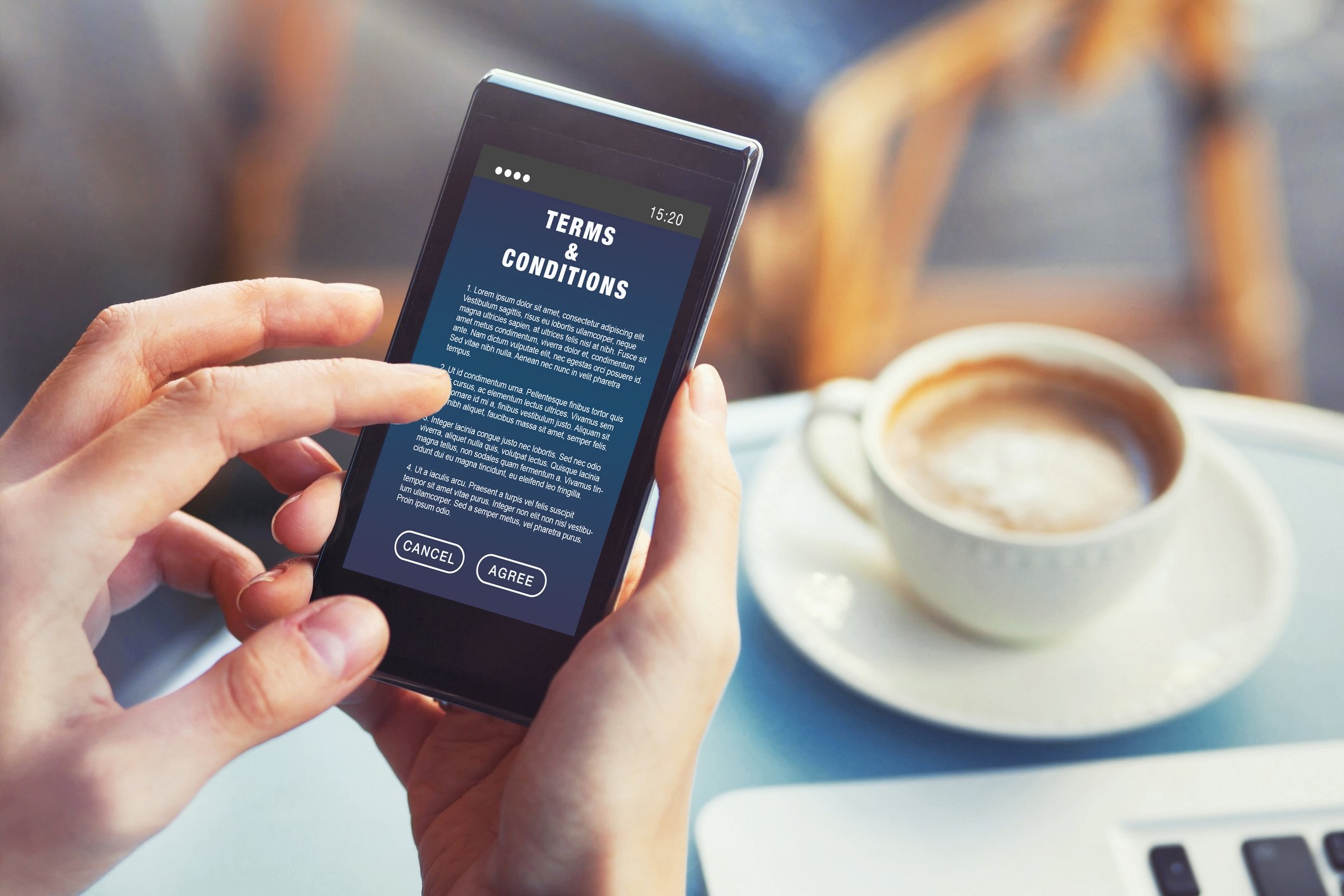What is the best way to motivate your B2B partners?
‘Intrinsic’ v ‘Extrinsic’ Motivation: What’s the best way to motivate your B2B partners?
By Ko de Ruyter, Debbie Keeling, and David Cox
There is an age-old debate about the best way to motivate people in a B2B environment. Should we motivate people to reach their sales targets by rewarding them with merchandise such as gadgets, gift vouchers, Gucci bags? This is known as ‘extrinsic’ motivation.
Or, should individuals motivate themselves by seeing sales as a valuable and personally rewarding activity in itself? This is called ‘intrinsic’ motivation.
The popular belief is that intrinsic motivation is superior. In other words, personal development looms larger than the latest iPhone. But here at Motivforce, we know that it’s not as simple as that.
Natural motivational tendencies
People have natural tendencies to be either intrinsically or extrinsically motivated. In channel partner programs, we find that partners of both motivational types are equally satisfied - but with important differences. Contrary to popular belief, it is extrinsically motivated channel partners that demand more from their program.
For example, in IBM’s ‘Know Your IBM’ program, intrinsically motivated channel partners had a narrower field of interest. Learning about new products and how to sell them drove their satisfaction. Extrinsically motivated partners had much wider interests. They also wanted more of a competitive edge - learning about their customers’ needs and industry challenges.
To add more complexity, people can be intrinsically and extrinsically motivated at the same time. But this does not lead to people feeling confused. Instead, these two drivers work together well. Channel partners in the Know Your IBM program with a balanced intrinsic-extrinsic profile outperformed ‘mono-motivated’ partners in sales revenue by a factor of 5x.
Reaping the rewards
Rewards are the number one factor influencing choice to take part in a B2B channel partner program. They can account for as much as 50% of this decision. But rewards are also a differentiator between partners. Regular annual surveys of channel partners on programs run by our clients indicate key differences. For top sales performers, the nature and quality of the rewards are most important - not the number of points on offer. And if there is a concierge service available too – all the better. This enhances the signal of quality.
Preferences for types of reward also differ between top performers and those in lower tiers. Partners in the lower tiers value exclusivity, which aligns with their aspiration levels. In other words, partners’ evaluations of rewards change over time, as they climb the reward ladder. Moving from wanting to achieve targets, to wanting to achieve milestones well.
Rewards represent more than merchandise and cash. For channel partners, rewards signal that they are appreciated by vendors. Partners describe receiving rewards for achieving their targets or a certification as a ‘win-win’ situation.
Importantly, rewards motivate people to overcome the effort of engaging in sales or learning. Whether this be the necessary time commitment or the need to upload their invoices.
The feel-good factor
Rewards not only help B2B channel partners to feel positive about the program. They can also help partners to think more about their performance. Whether this be how they can sell more. Or how they can upskill. Oh, and by the way, channel partners participating in channel loyalty programs score high on commitment. So, their engagement in programs can be easily disrupted by poor rewarding structures. Using rewards to signal appreciation, makes people feel good and engages them to think that their skills and performance have even more relevance.
Intrinsic + Extrinsic – motivational balance works best
So next time you hear that intrinsic motivation is the best solution – do a double take. Rewards are important to B2B channel partners. Not just for their own sake, but also to boost their ability to engage over the long term, to feel good about themselves, and to help them get over the humps on the road to achievement. And we can tailor rewards to strategically motivate partners in different tiers in our programs.
Remember that extrinsic and intrinsic motivation work better together. Partners with balanced motivation profiles perform better.











